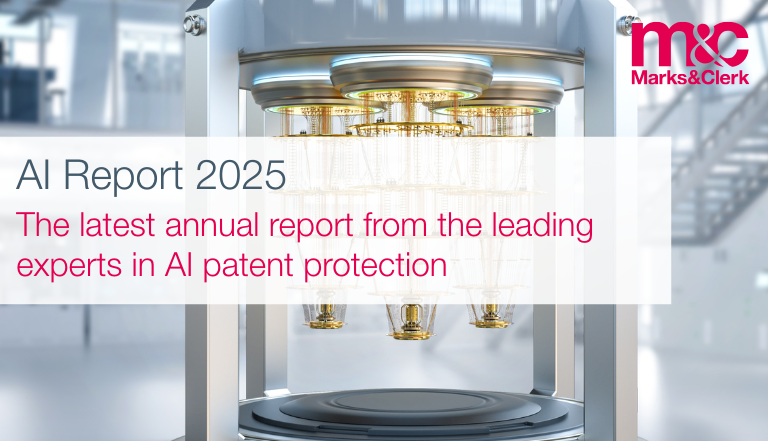The report found that AI patent publications at the EPO hit an all-time high in 2024, demonstrating the sustained, record-level investment and output in European AI development.
While the US and South Korea dominate per capita AI patent filings at the EPO – leaving Japan and Europe behind in a widening innovation gap – Japan has surged ahead in quantum AI, overtaking even the US in per capita QAI publications.
The allowance rate for Quantum AI applications at the EPO is currently about 4% lower than the average allowance rate for classical AI applications, signalling greater scrutiny or technical complexity.
The market for QAI-driven optimisation is expected to exceed $2 billion by 2030, underscoring the urgency for companies to secure foundational IP now before the market matures.
Despite continued overall growth in AI and QAI patent filings at the European Patent Office (EPO), QAI applications are currently experiencing a slightly reduced allowance rate compared to classical AI inventions. This downturn is suspected to be driven, at least in part, by EPO’s stringent interpretation of what constitutes a “technical problem,” which threatens the ability of innovators to protect foundational QAI technology and attract investment.
Many QAI applications are directed to solving “optimisation problems”, which is a class of problems that quantum computers are particularly adept at solving.
However, a significant number of commercial use cases for optimisation problems relate to types of problems that the EPO considers “non-technical”. Classical AI also has many commercial use cases such as medical imaging, speech processing, and robotics that demonstrate technical character and satisfy the EPO’s patentability requirements. QAI’s broad application to many of these so-called “non-technical” problems leave many critical inventions vulnerable and potentially unpatentable if not considered carefully during the drafting process.
Rhian Granleese, AI Report Author and Partner at Marks & Clerk, said: “The EPO’s focus on technical character means AI inventors in the quantum space may struggle to protect many applications of quantum optimisation technology, such as supply chain design, maintenance scheduling, and transport logistics.
“For this technology to realise its commercial potential in Europe, the industry must pivot its IP strategy immediately. The key to protection lies in the ‘how’, detailing the specific, novel interaction between the AI algorithm and the quantum hardware itself. This detail of how the software interacts with the hardware is the one of only a few defensible routes to obtaining protection in the current European patent landscape.”
Marks & Clerk’s 2025 AI Report is available to download at marks-clerk.page/ai-report-2025.
ENDS

